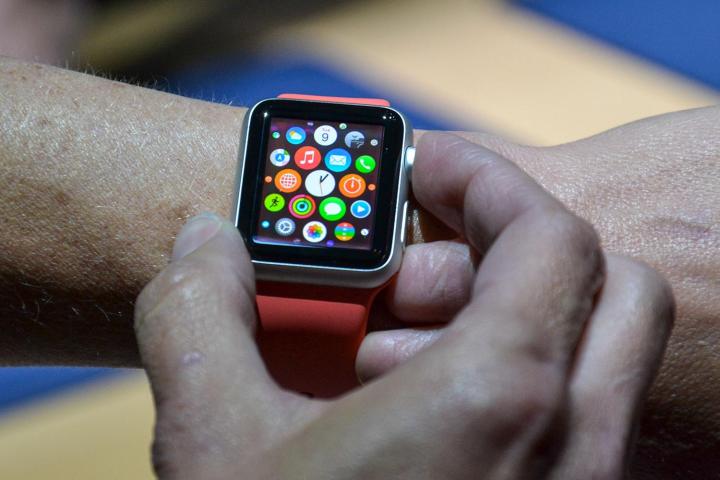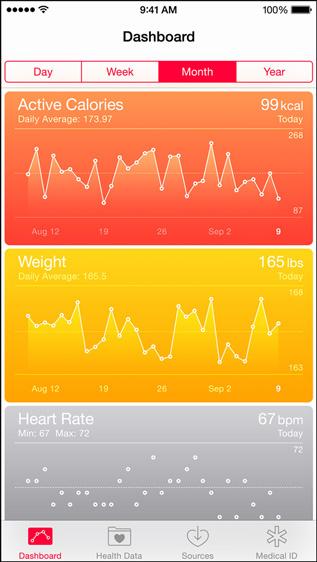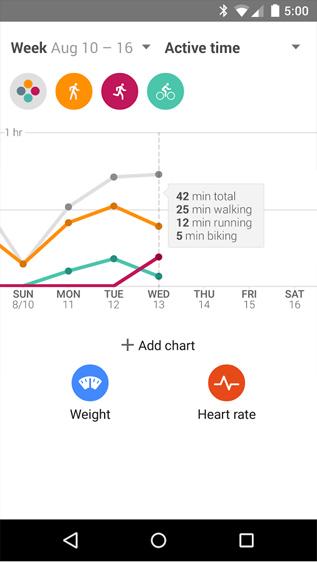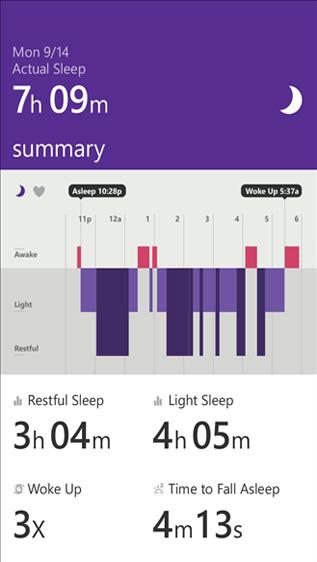
The industry is also reaching a point where numbers — its favorite way of selling us new tech — are becoming meaningless. In 2015, more than half of the four billion phone owners around the world will have a smartphone, and probably a pretty powerful one at that. Quad HD screens, 3GB of RAM, and octa-core chips are cool; but even put together, it may not be enough to persuade us to upgrade.
Don’t worry. There’s plenty to get excited about if you’re itching to splash out on a new smartphone in the next 12 months. Oddly though, the new toys making you want the latest hardware may not be built into phones, but rather work alongside them. If you thought your phone was the center of life, the universe, and everything right now, prepare for it to become utterly indispensable, provided you buy into the hype.
Here are five ways the smartphone could change your life in 2015, without actually changing at all.
More things you wear will connect to your phone
Yes, the Apple Watch is going to be one of the most talked about, and potentially most popular, wearable devices we’ve seen yet. Sure, there will be a huge number of other wrist-worn gadgets released over the coming twelve months; but wearables will also break free from our wrists in 2015. Watch out for more smart eyewear from Sony and Google, more smart jewelry, and potentially more wearable tech aimed at women.
The smartphone’s transformation into an always-connected hub will be the most interesting trend of 2015.
Wearable tech will meet fashion in a more significant way, particularly in the luxury market. Ralph Lauren, TAG Heuer, Luxxotica, Victoria’s Secret, Roxy, and many designers are all experimenting with wearables. Some of those concepts will turn into real products we’ll be able to buy. More than that, regular clothing could get smarter as companies discover new ways of integrating fitness trackers into fabric.
The one thing all these cool clothes and devices have in common is they will need your smartphone to come alive.
Your phone will know how healthy you are
We’re already seeing biometric scanners built into phones and smartwatches, but this is just the beginning. For example, Samsung is working on the Simband, a dedicated, health-focused wearable, complete with a comprehensive software platform to monitor and collate all the data. While many of these systems will be for healthcare companies, our humble smartphones already have apps installed on them to keep track of our wellbeing, and they will almost certainly grow in usefulness over the coming year.
- 1. Apple Health
- 2. Google Fit
- 3. Microsoft Health
Apple Health, Google Fit, and Microsoft Health are in their infancy at the moment, but expect more integration, and therefore more influence in 2015. Combined with ever-smarter wearables, and more devices for quantifying every aspect of our lives — from sleep to posture — we’ll pay a lot more attention to these apps very soon.
Health will crossover with wearables again, but this time in a more serious way, with devices to track and monitor serious health conditions, such as heart problems and diabetes. Healthcare or insurance companies may even begin to issue these devices.
You’ll pay for more stuff with your phone
It has taken a while, but 2015 is looking like the year we’ll be able to walk into most any shop and pay for something with our phones. Apple Pay is the big player. It’s growing rapidly in the United States, and poised to make an impact in China and Europe.
2015 is looking like the year we’ll be able to walk into most any shop and pay for something with our phones.
Apple may want the limelight all to itself, but there are plenty of unlikely apps introducing payment services, including messaging app Line, along with major e-commerce players such as China’s Alipay app from alibaba.com.
Of all the mobile trends we talk about here, mobile payments may change phones the most, as more devices will be equipped with NFC to facilitate payments, along with fingerprint, or possibly retina scanners to authenticate them.
You’ll control more devices in your home
We’re used to syncing smartphones with audio systems, streaming media sticks, and even thermostats, but as the Internet of Things begins to take off, so will integration with more unusual devices in our homes. Smart cookers, refrigerators, smoke alarms, heating systems, vacuum cleaners, and entire security systems — from lighting to locks — could all become more common.
Standalone smart home devices, such as individual lightbulbs or a single door entry system, could become more affordable, and niche products that measure everything from humidity to water flow will fill tiny gaps in the market — and all rely on our phones to operate.

Apple could be a driving force in this area with HomeKit, which could enable firms such as Elgato to create its modular connected home system, Eve. Meanwhile, Google is encouraging developers and engineers to create an open standard for the Internet of Things, and Microsoft is positioning its Azure cloud-computing platform as the heart of the connected home.
The Internet of Things is probably going to take longer than 12 months to properly arrive, but our smartphones will still be at the center of its evolution.
Apps will know where you are and what you buy
Walking down a high street in 2015 could see shops send your phone a notification about a special sale based on previous purchases you’ve made. Additionally, restaurants you’ve enjoyed in the past may try to entice you in with a free dessert, or supermarkets could guide you round the store based on a shopping list you’ve spent time creating over the past week.
These features are being tested inside apps and stores now, and rely on iBeacon technology, plus NFC and Bluetooth connectivity. Making payments using out smartphones is key to making this technology work seamlessly and conveniently. The technology which will come with the Internet of Things is also essential to making a truly personalized, app-specific, smartphone-based shopping experience possible.
Smartphone manufacturers know the models they make in 2015 will have to really stand out if we’re to buy them, and we’re sure to see some really exciting new features and innovations; but it’s the smartphone’s transformation from mobile computer into a comprehensive, always-connected hub that may end up being the most interesting mobile trend of the coming year.







